Photography courtesy of Lowell Washburn, all rights reserved.
Magnolia Warbler
American Redstart
For Iowa birding enthusiasts, there’s no better time than late May; the grand finale of the spring migration.
Yellowthroat
Spring migrants come in all colors, shapes and sizes. But of the more than 200 bird species that will nest in or migrate through our state, perhaps no single group is more uniquely secretive or presents a greater challenge to observe and identify than that intriguing collection of energetic little creatures known as the wood warblers.
Although hundreds of thousands of warblers are currently passing through our state, most folks – including many who enjoy the out-of-doors – remain totally unaware of their presence. Warblers migrate at night and spend their days hidden in deep cover where they hunt and refuel on insects. The majority of these tiny travelers will nest in the wilderness forests of northern Canada. Consequently, the time spent in Iowa is brief. For those wishing to cash in on this year’s migration, there’s no time to waste.
Yellow Rumped Warbler
Golden-Winged Warbler
Trip Tips: Whether you choose to observe warblers through a set of good binoculars or a camera lens, there are some basic tactics that can put you on the fast track to success. Productive warbler watching begins with putting yourself in the right place at the right time. Start by looking for moist woodlands containing thick patches of understory at the ground level and a healthy canopy of mature forest over the top. Favored habitats include gooseberry, dogwood thickets, and ninebark. Oaks are a preferred canopy tree.
Mourning Warbler
Although not a requirement, I like getting into the woods at first light. It’s the coolest part of the day and a time when warblers and the insects they dine on are moving at their slowest pace. Arriving at the woodland, I go to the edge of a clearing where I stop, watch and listen. Wearing dark green camo’ and remaining motionless will greatly increase the number of warbler close encounters. Staying in one spot beats moving around. Be patient. Let the birds come to you. Go looking for them and most of these shy little creatures will just slip deeper into cover; usually long before you are even aware of their presence. Sitting tight can result in incredible outdoor shows as warblers sing, preen, chase insects, and interact with other woodland bird species – often at a distance of mere feet.
Black and White Warbler
One last thing. Don’t forget to bring your bird book. There is never a better time to key out a bird than when it’s hopping around in front of you. With more than thirty species of migrating warblers to choose from, making a positive identification can be challenging to say the least – especially with those species that are nearly identical in appearance and behavior. Don’t worry if you don’t get them all. Just enjoy your time in the woods. You don’t have to be a trained expert to have fun watching wild birds. You just need to be there.
Palm Warbler

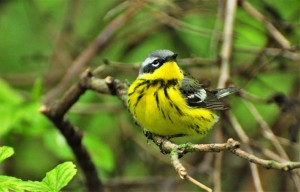
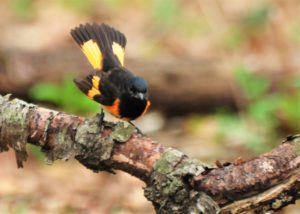
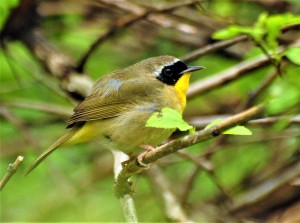
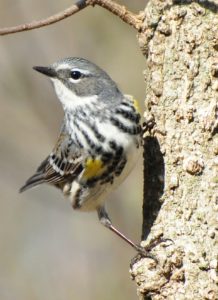
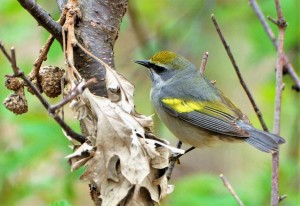
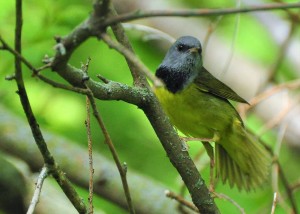
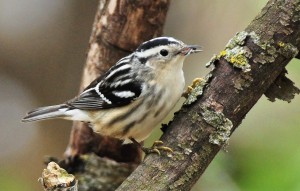
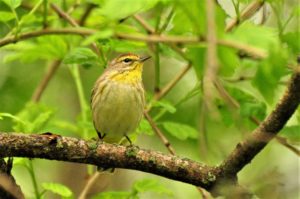
 Tom Cope
Tom Cope Sue Wilkinson
Sue Wilkinson Susan Judkins Josten
Susan Judkins Josten Rudi Roeslein
Rudi Roeslein Elyssa McFarland
Elyssa McFarland Mark Langgin
Mark Langgin Adam Janke
Adam Janke Joe Henry
Joe Henry Kristin Ashenbrenner
Kristin Ashenbrenner Joe Wilkinson
Joe Wilkinson Dr. Tammy Mildenstein
Dr. Tammy Mildenstein Sean McMahon
Sean McMahon